#ToyotaTacoma
By 2020, Toyota Wants to Sell Tacoma Pickup Trucks to All Y'all
There are a number of major consequences springboarding off the early August 2017 announcement that Toyota and Mazda would come together to build an assembly plant in Somewhere, United States.
First, Mazda production returns to the United States for the first time since the Mazda 6 left Flat Rock, Michigan, in 2012.
Second, the Toyota Corolla — produced now in Cambridge, Ontario, and Blue Springs, Mississippi — will be assembled in a second U.S. assembly plant.
Third, Toyota will acquire a 5-percent stake in Mazda, while Mazda returns the favor by claiming a 0.25-percent portion of Toyota.
And to the increasingly pickup-truck-conscious U.S. consumer, the most significant consequence of the Toyota-Mazda partnership will be more Toyota Tacomas. That’s right: more pickup trucks for America.
QOTD: Get Hi or Have a Taco?
I just had a chance to see the newest version of the Toyota Hilux out on the road. For those of you who don’t waste your time watching Top Gear, the “Hilux” is the newest variant of The Toyota Truck Formerly Known As The Toyota Truck. Once upon a time, Toyota sold the same compact truck all over the world, although there were minor differences like double-walled beds for the American market and so on. With the arrival of the Toyota Tacoma, we Americans got a compact Toyota truck of our very own. But was this a good thing? And should Toyota make the otaku happy by bringing us the global vehicle?
Come to think of it — is there even a difference between the Hilux and the Tacoma?
Toyota Recalls 228,000 Tacomas in U.S. Over Potential Rear-wheel Lockup
Toyota of North America is recalling 228,000 Tacoma midsize pickups from the 2016 and 2017 model years. The affected vehicles may be leaking oil from their rear differentials. If left unchecked, the affected component could eventually seize — opening the driver up to a sudden flurry of new problems, like losing control of the vehicle moments before a horrific crash.
However, these leaks seem to cause only a gradual depletion of lubricant, giving owners plenty of time to enjoy some unpleasant warning noises as their truck’s differential slowly destroys itself.
While public complaints on the issue haven’t been overwhelming, checking in with enthusiast forum TacomaWorld led to a posting where owners reported an unpleasant howling noise coming from the rear of third-generation trucks. Several also admitted to having their differentials replaced prematurely after visiting service centers, with no information from Toyota as to why.
America's Midsize Pickup Truck Sales Growth Is Suddenly Slowing - Oh, Ranger, Where Art Thou?
Nearly two and a half years since General Motors increased the number of offerings in the midsize pickup truck sector by two-thirds, and nine months since Honda revitalized its unique Ridgeline offering, we’re once again in need of new midsize pickup truck nameplates.
America’s pickup truck category began 2017 with a bang, growing by more than 7 percent and easily outpacing an industry that declined by more than 1 percent in the first one-sixth of 2017.
Yet virtually all of that growth — fully 90 percent — was fuelled not by midsize pickups but by the stalwarts: full-size trucks.
2016 Was The Year Midsize Pickup Trucks Fought Back
Five members strong, America’s midsize pickup truck sector reported nearly 450,000 sales in 2016.
After claiming only 11 percent of the overall pickup truck market’s volume in 2013 and 2014 and 14 percent in 2015, 17 percent of all pickup truck sales in 2016 were produced by the Toyota Tacoma, Chevrolet Colorado, Nissan Frontier, GMC Canyon, and Honda Ridgeline.
Midsize pickup truck sales growth wildly outperformed the overall auto industry in 2016, leaping forward nine times faster than the full-size truck sector, year-over-year.
Every candidate got in on the action, but one truck in particular did more than its fair share of the heavy lifting.
2017 Toyota Tacoma TRD Off-Road Review - Toy in Waiting
If you want a new midsize truck, you have four-and-a-half options. The geriatric but delightfully trucky Nissan Frontier, the recently reintroduced unibody Ridgeline, the insipid GM Colorado/Canyon twins, or the relatively fresh Toyota Tacoma. Each of these trucks has something to recommend it, but the midsize segment is not the dynamic space it once was. There are more station wagons available to American consumers today than mid-size pickups.
Amid the thin field of competition, the Toyota Tacoma is the undisputed sales leader. In 2016 it outsold its next closest rival by 46,000 units on its way to a 43 percent market share. And despite the lack of choice, consumers acquired 25 percent more midsize trucks in 2016 than they did in 2015. Thankfully, growth ensures that this highly visible yet under-served corner of the market will soon offer a selection more like Amazon than a Soviet-era grocery store. The Ford Ranger returns to the market in about two years, along with the much-anticipated Wrangler pickup. Nissan will soon update the prehistoric Frontier. And both Volkswagen and Mercedes are contemplating midsize entries.
Sales are robust for Toyota’s mid-sizer, but is it ready for tomorrow’s competition?
Rusty Frames Leave Toyota on the Hook for Billions
Rust, as Neil Young once said, never sleeps, and neither will Toyota — at least, not until it has fulfilled its 12-year promise to inspect and replace (if necessary) hundreds of thousands of corroded truck frames.
Toyota has agreed to pay up to $3.4 billion to appease owners of several previous-decade truck models who launched a class-action lawsuit against the company. Replacing those severely rusted frames won’t be an easy task, and there could be plenty of vehicles needing a completely new skeleton.
Toyota to Boost Tacoma Production as Midsize Sales Lead Slips
The Toyota Tacoma entered the year in an enviable position. Soaking up nearly half of all sales in the growing midsize pickup segment, the venerable nameplate’s spot on top of podium seemed unshakable.
Eight months later, Toyota seems spooked. The Tacoma’s market share is eroding, down to 38 percent of the midsize segment in August as its competitors surge. To stay ahead, the automaker plans to send a bundle of cash south of the border to boost production, Automotive News reports.
Toyota Tacoma Production Is Maxed Out As The Midsize Pickup Truck Category Rapidly Expands
America’s midsize pickup truck segment grew 19 percent in the first seven months of 2016. But as demand for midsize pickups expands throughout the remainder of 2016, it’s increasingly unlikely that the Toyota Tacoma will be able to make the most of the heightened interest.
Tacoma inventory has been tight for months, requiring Toyota to take full advantage of very specific modifications put in place at the San Antonio, Texas, and Baja California, Mexico, production lines a number of years ago.
No longer does a Tacoma roll off the San Antonio line every 65 seconds — it now takes only 60 seconds. There’s even a Saturday shift that drives the San Antonio plant up to 123-percent capacity.
Midsize Pickup Trucks Jump 29% In July 2016 As Full-Size Pickup Sales Level Off
Midsize pickup truck sales shot up 29 percent in the United States in July 2016, enough to drive the sub-sector’s share of the overall pickup category up three points to 17 percent.
Indeed, without the gains produced by the midsize truck sector, overall U.S. pickup truck volume would have flatlined in July on declining sales of the two top-selling truck lines, Ford’s F-Series and the Chevrolet Silverado. Moreover, without the midsize truck sector’s additional 8,973 July sales, total U.S. new vehicle sales volume would have risen by less than one-tenth of one percent.
Instead, because of a dramatic increase in sales of the second-generation Honda Ridgeline in its first month of availability, another huge uptick in Nissan Frontier sales, and continued growth from GM’s Colorado/Canyon duo, pickup truck sales grew four percent and the American auto industry reported nearly 10,000 extra sales in July 2016, year-over-year.
Want Your Vehicle to Retain Its Value? Make Sure It's Big, or Bigger
If you’re looking to get the most money back when you drop your car onto the used market in five years, better get into something large and utilitarian.
Large and midsize trucks and SUVs grab the top five-year resale values in Edmund’s 2016 Retained Value Awards, with conventional and luxury midsize and large cars depreciating the most.
Toyota's Online Configurator Doesn't Work How You Think It Works
We try to fact-check as much as possible during our article editing process. Such was the case this morning with Alex Dykes’ review of the newest Toyota Tacoma, and specifically the portion where he said that all manual Tacomas are paired with four-wheel drive.
There are two ways we normally check such a claim: an automaker’s media site, which provides detailed vehicle information (though not necessarily in a user-friendly format), and an automaker’s consumer-facing website, which contains all those fancy marketing words, pretty pictures and the typical “Build and Price” tool employed by virtually every full-line automaker as a way for us gearheads to waste time at our desk jobs on Friday afternoons.
However, while I was fact checking Mr. Dykes’ manual = four-wheel drive claim, the configurator said I couldn’t have a manual transmission on the Tacoma — at all.
Say what, Toyota?
2016 Toyota Tacoma Limited Review - Off-road Taco Truck [Video]
Toyota’s small trucks have long been associated with bulletproof reliability ( and occasionally militant militias). Despite the Tacoma splitting from the legendary Toyota Hilux bloodline in 1995, the Taco (as some fans refer to their trucks) has continued Toyota’s rugged and reliable image. A big factor in the Tacoma’s long-term reliability is the Toyota’s philosophy to change: it should happen slowly and only when necessary.
Although the 2016 Tacoma is dubbed an “all-new third generation,” just like we see in the Camry, large portions of the design are carried over from last year’s model. This is excellent news for some, but may come as a disappointment for others. The changes are enough to keep brand loyalists happy, radical enough to be called a re-design, but sedate enough that folks eyeing a GMC Canyon may not be swayed by the lure of Toyota’s legendary reliability.
In a nutshell, Toyota swapped in a set of tried-and-true transmissions, fitted a Lexus V-6 under the hood, tweaked the frame with stronger steel and covered the truck in new sheetmetal. On the inside, we get a new dashboard, infotainment systems from the Toyota Highlander and a steering wheel from the larger Toyota Tundra. If you’re a Taco man, that’s all you need to know before you run out and buy one. For the rest of us, click past the jump.
A Selective History Of Minitrucks, Part Two: The Empire Strikes Back, Then Gives Up
In Part One of this minitruckin’ history, we covered how the Big 3 provided their dealers with “captive import” minitrucks from Mazda, Isuzu, and Mitsubishi during the Seventies. By 1975 or thereabouts, both GM and Ford were convinced that the small-pickup market was not a fad and began digging their own products out of the parts bin.
The Chevrolet S-10/GMC S-15 was a sort of truck version of the A-body (later G-body) intermediate. While it’s not dimensionally identical to the older sedans, it’s possible to swap much of the running gear between those two vehicles, particularly ahead of the firewall. The Ford Ranger arrived a few months after the S-10, a few inches smaller in most dimensions and looking remarkably ungainly compared to its sleek GM competitor. Those of you who followed the minitrucking hobby in the Nineties will recall that the Ranger was conspicuous by its absence; “domestic” minitruckers were almost exclusively loyal to the S-10/S-15. Part of that was due to the Twin-I-Beam’s reluctance to accept a lowering kit and/or airbags, but much of it was the Ranger’s hokey, hick-ish appearance compared to the S-10.
So what did that mean for the captive import trucks?
Piston Slap: My Pick Up's Failing Clutch Pick Up?
TTAC Commentator halftruth writes:
My 2012 Tacoma has a temperamental clutch. Sometimes it catches high, sometimes low. This is most annoying on a grade when the pedal comes up and very little happens, then — boom! — it grabs all at once or it catches a little at a time and eventually works as it should. The ambient temperature does not seem to matter nor if the truck is hot or cold.
I noticed the pedal linkage is all plastic and has lots of play in it. I have also noticed this in other Tacomas of the same generation. I did adjust the actuator gap as it was way out of spec at about 8 mm, but it did not make a difference.
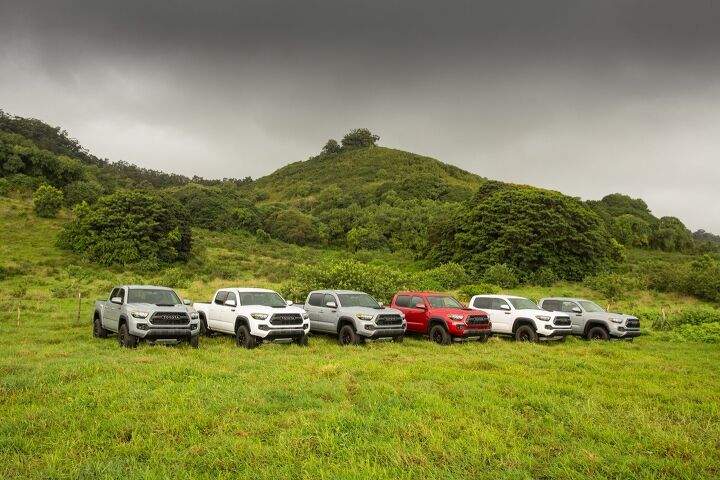
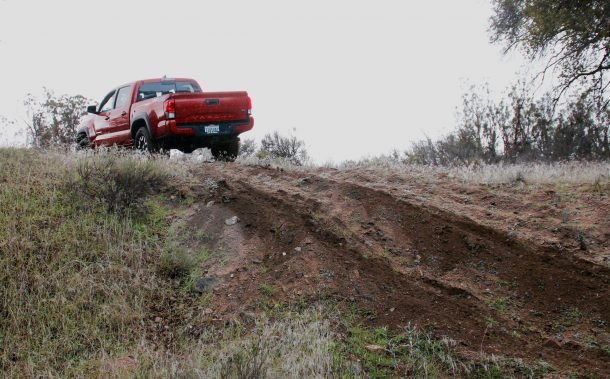
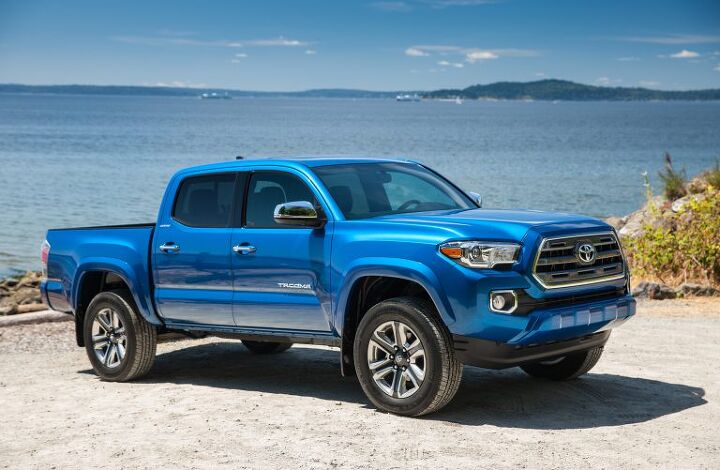



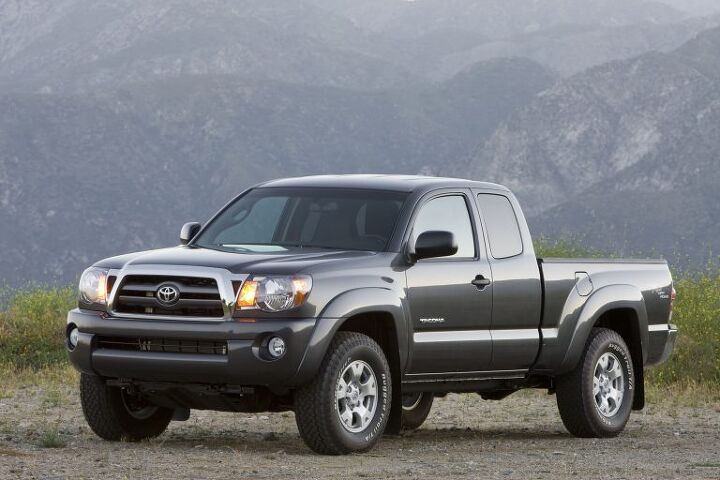
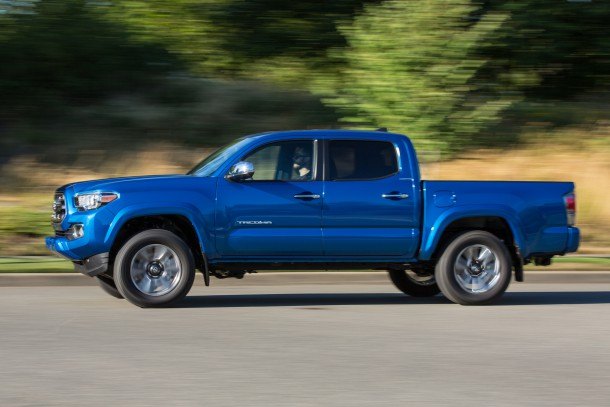


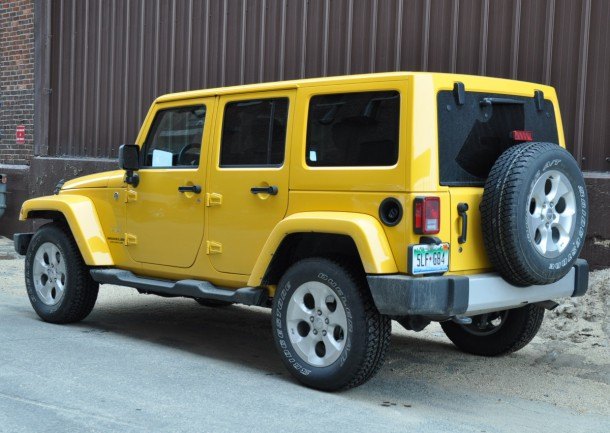
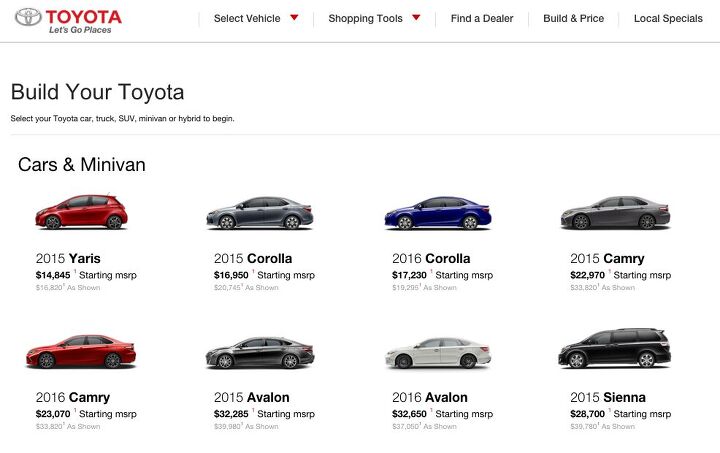
![2016 Toyota Tacoma Limited Review - Off-road Taco Truck [Video]](https://cdn-fastly.thetruthaboutcars.com/media/2022/07/19/9235237/2016-toyota-tacoma-limited-review-off-road-taco-truck-video.jpg?size=720x845&nocrop=1)

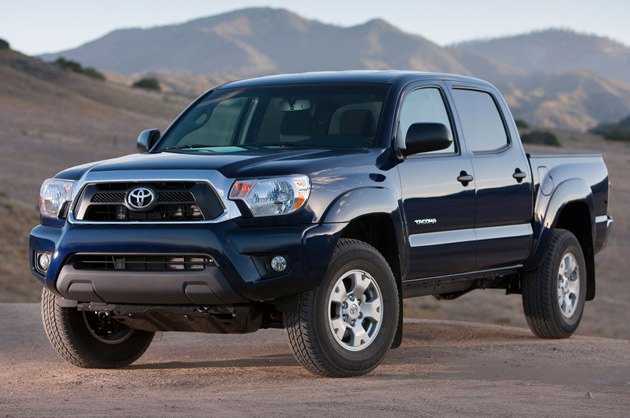












Recent Comments